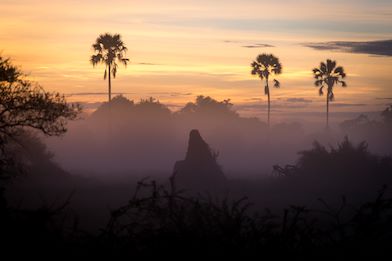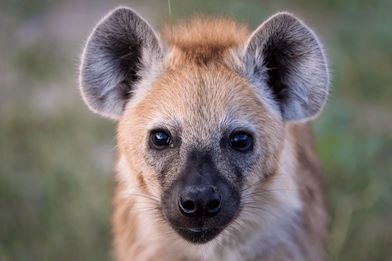During December 2018, Martin Benadie, Wilderness Safaris copywriter, ornithologist and specialist guide, visited the Jao Reserve to be part of a ground-breaking bird atlasing project in this area. Martin reports:
Birding with a purpose gives me immense satisfaction, particularly when able to contribute valuable data to the likes of SABAP2 (Second Southern African Bird Atlas Project).
For some context, the bird atlasing protocol is a survey protocol designed to record the presence of as many bird species as possible within a defined area. The unit of data collection is called a pentad: five minutes of latitude by five minutes of longitude squares, with sides of roughly 9 km.
SABAP2 is the most important bird monitoring project in the southern African region. It holds this status because, to a greater or lesser extent, all other conservation initiatives depend on the results of the bird atlas. You cannot determine the conservation status of a species unless you know its range and how this is changing. So red-listing depends on the results of this project. So does the selection of sites and habitats critical to bird conservation.
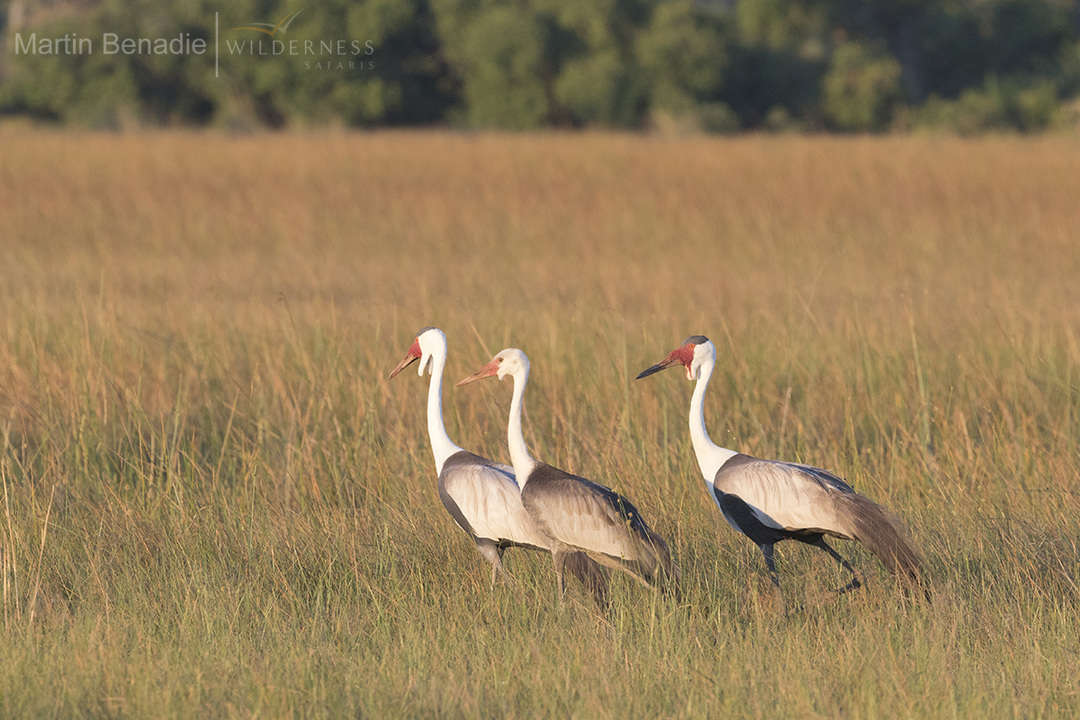
Wattled crane
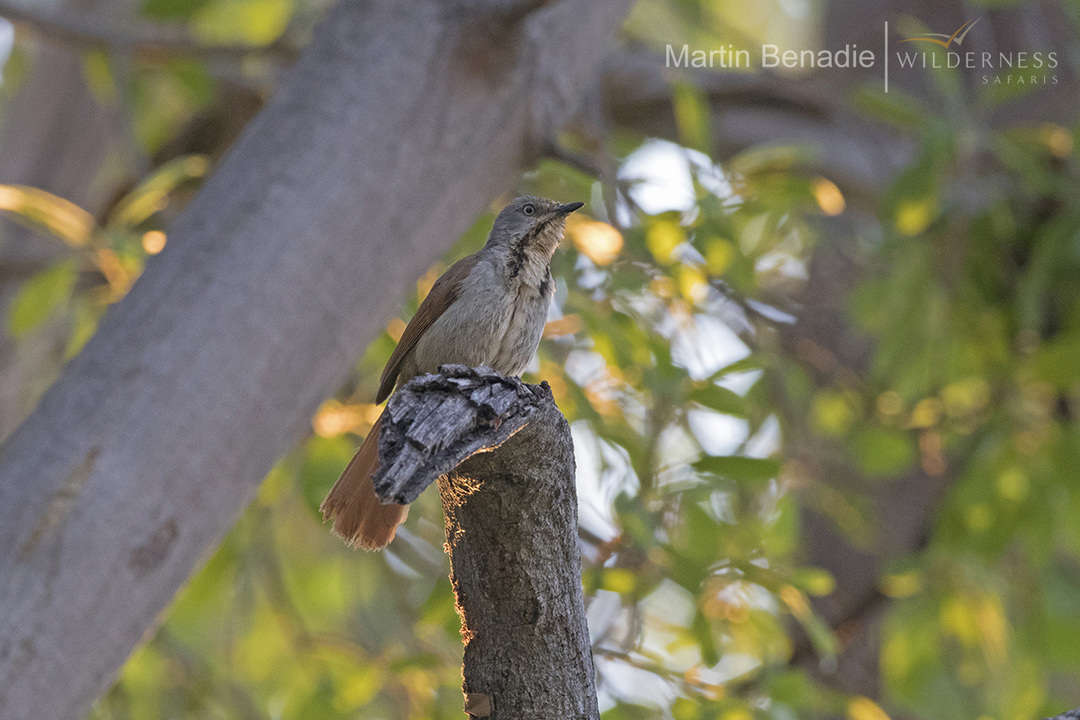
Collared palm-thrush
SABAP2 is the follow-up project to the Southern African Bird Atlas Project (which is now referred to as SABAP1). This first bird atlas project took place from 1987-1991. The second bird atlas project started on 1 July 2007, and plans to run indefinitely. The project aims to map the distribution and relative abundance of birds in southern Africa.
The field work for this project is done by more than 2 100 volunteers, known as citizen scientists, who are making a huge contribution to the conservation of birds and their habitats. The most pressing data collection needs are to get as complete coverage as possible, and to try to build a foundation of four checklists per pentad. The goal is to obtain data representing every month of the year. SABAP2 is aiming for as many checklists as possible for each pentad in every year. SABAP2 is run by and funded by FitzPatrick Institute of African Ornithology and SANBI and supported by BirdLasser and BirdLife SA.

Malachite kingfisher
Birding access to parts of the sub-region, such as the Okavango Delta, has proved to be a challenge since the inception of SABAP2, due to the remoteness of these areas, high cost of access and low numbers of resident bird observers/atlasers. Sufficient pentad coverage and full-protocol checklist cards are thus very limited, or even non-existent, for many parts of this country in particular.
In an attempt to start addressing this need, it was a huge privilege to be able to do some intensive atlassing in a remote concession in the Okavango Delta, namely the utterly pristine and gobsmacking beautiful Jao Reserve (NG25), comprising 60 000 hectares (148 000 acres). The vegetation varies from the Jao Flats in the east – a vast, seasonally inundated grassland mosaic dotted with tree and palm islands – to Hunda Island in the west of the concession. Hunda is covered in acacia and mopane woodland, and is the largest dry area locally during the annual inundation or ‘flood’.
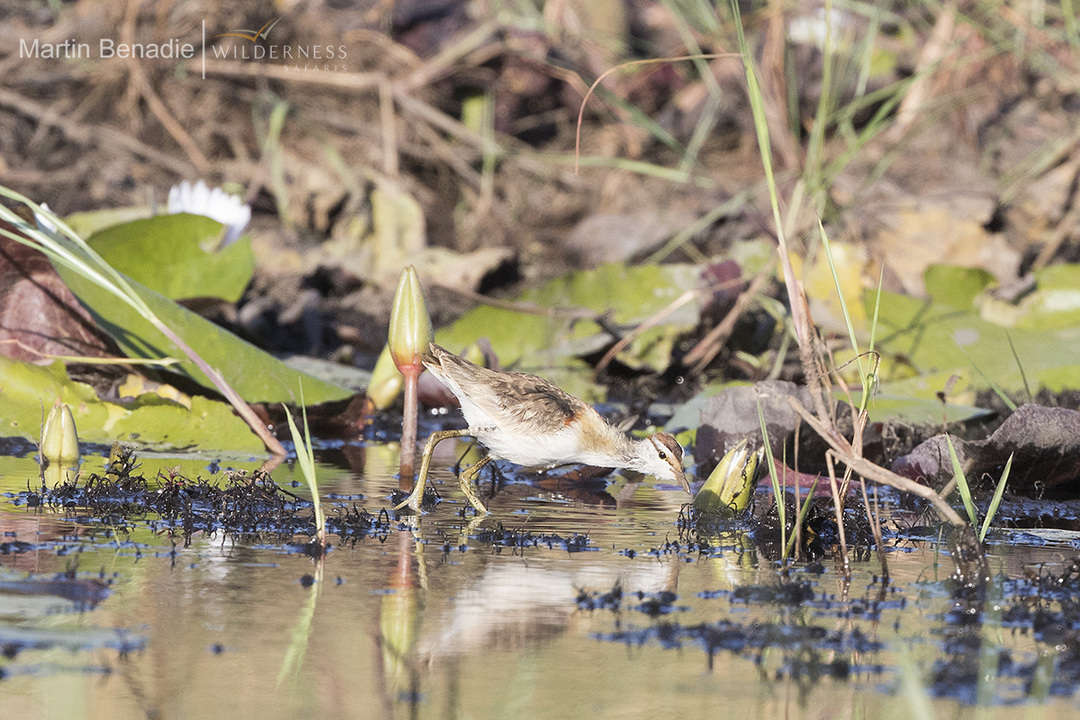
Lesser jacana
I provided training to staff using Birdlasser (an innovative app making data collection much easier), and covered atlasing protocols in general. This citizen science initiative will also be promoted as an activity with certain guests and keen birders visiting the concession, to hopefully provide valuable data and seasonal trends for the Jao Reserve avifauna on a more consistent basis.
Six full-protocol cards were atlased over six days, collectively tallying 204 bird species. The highest single pentad was 1915_2230, where we recorded a very decent 141 bird species. Pentad 1910_2225 was also atlased for the first time as a full-protocol card under SABAP2. Pentad 1915_2230 was atlased twice with a total species count of 123 over the survey period. (When atlasing correctly a full-protocol card is imperative, meaning spending a minimum of two hours and up to five days in a pentad.)
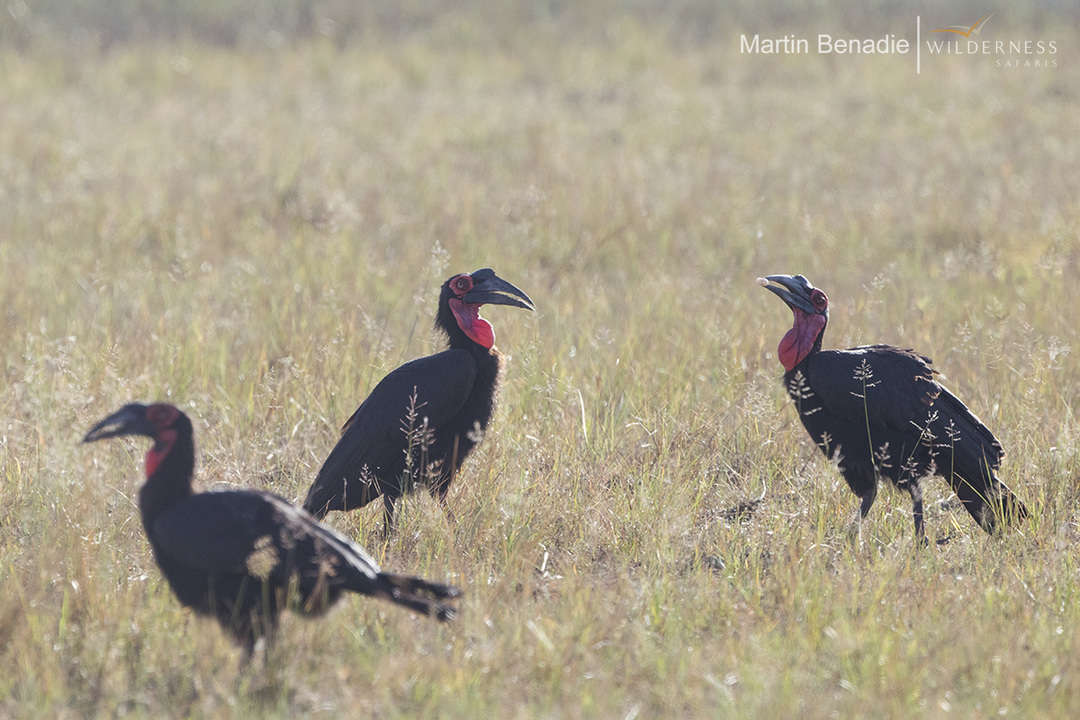
Southern ground-hornbill

Lesser moorhen
The Jao Reserve provides critical habitat for globally important populations of wattled crane, slaty egret, southern ground hornbill, saddle-billed stork, hooded vulture, white-backed vulture and African marsh harrier amongst others. Good records were Narina trogon (only the second sighting ever on the Jao Reserve), collared palm-thrush, cuckoo finch, harlequin quail, lesser moorhen, Pel’s fishing-owl, white-winged tern, western banded snake-eagle, black heron, fulvous duck, knob-billed duck, Kurrichane buttonquail, woolly-necked stork, swallow-tailed bee-eater, lesser kestrel, Caspian plover, swamp nightjar, Amur falcon, red-necked falcon, Dickinson's kestrel, icterine warbler, sedge warbler, yellow wagtail, rosy-throated longclaw, little sparrowhawk, Bennet's woodpecker, blue-cheeked bee-eater, greater painted-snipe, Temminck's courser, crimson-breasted shrike, Retz's helmetshrike and common ringed plover, to mention just a few.
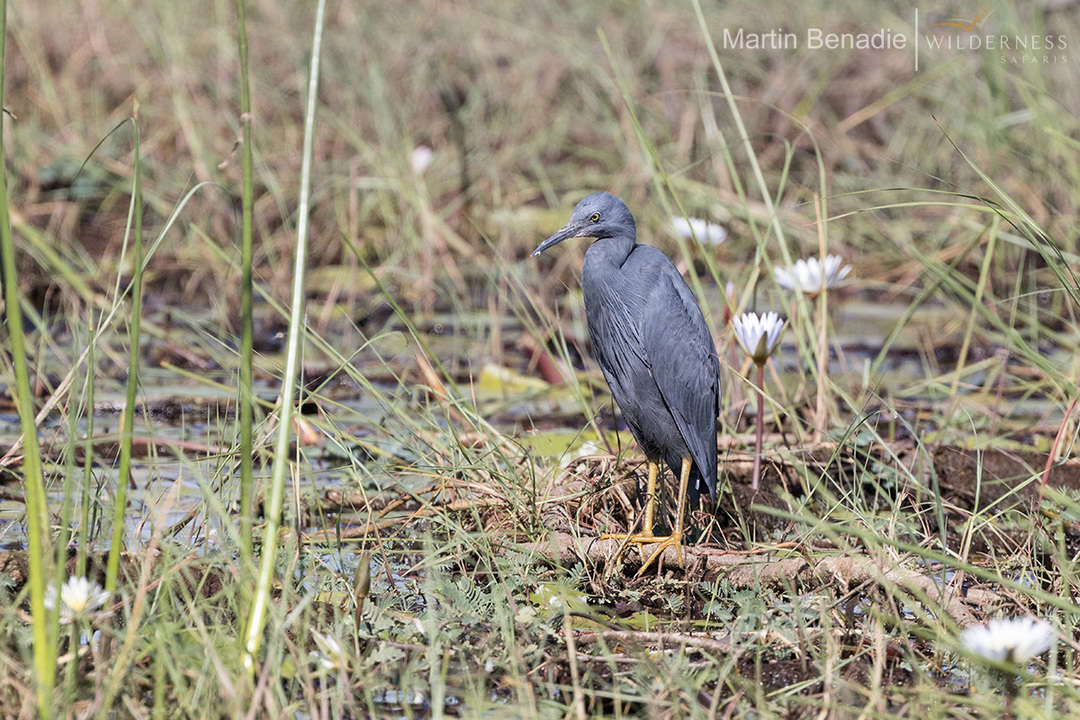
Slaty egret
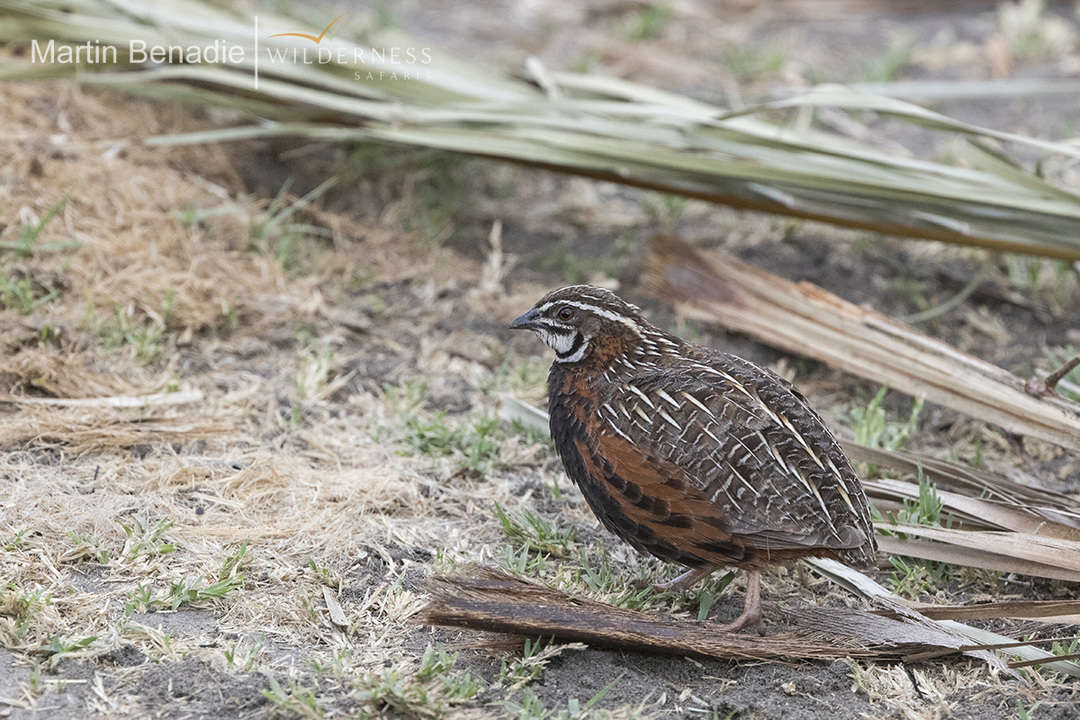
Harlequin quail
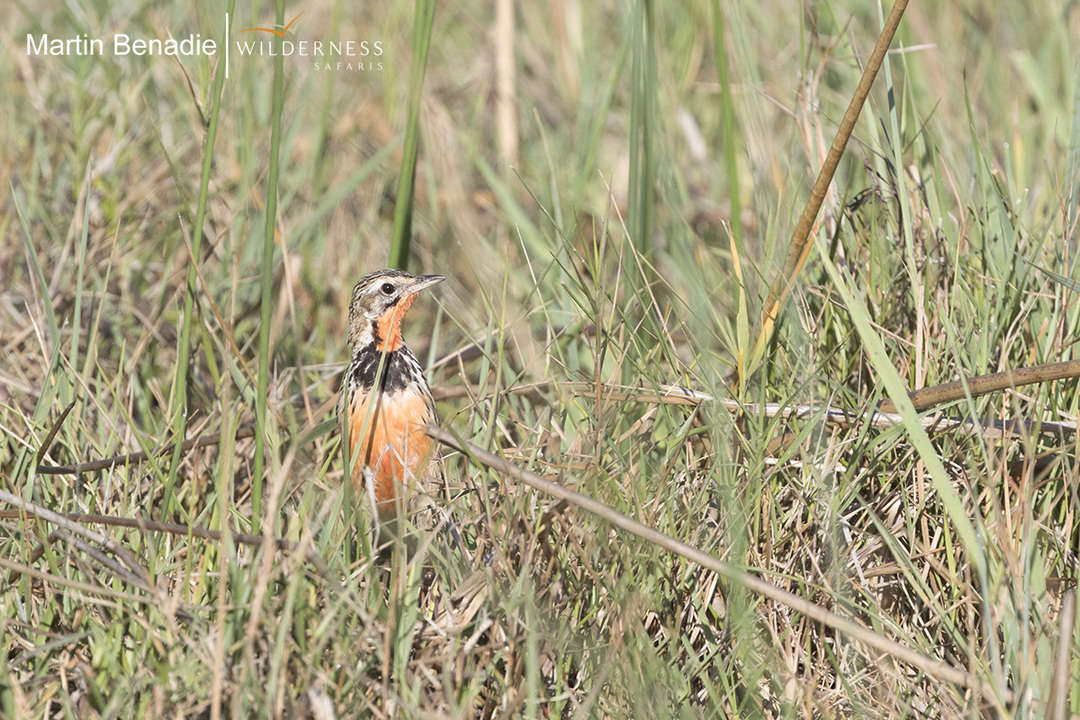
Rosy-throated longclaw
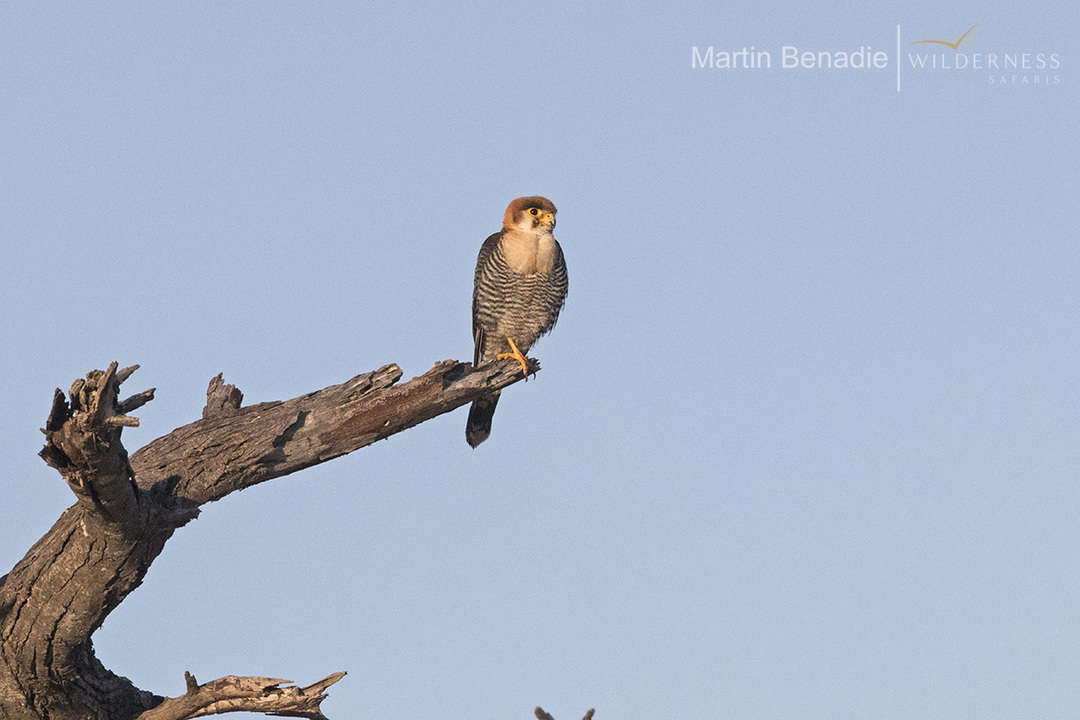
Red-necked falcon

Cuckoo finch
Other excellent Delta specials such as African pygmy-goose, long-toed lapwing, Luapula cisticola, chirping cisticola, swamp boubou, coppery-tailed coucal, rufous-bellied heron, lesser jacana and southern brown-throated weaver were also all noted in good numbers.
